The chances of being inside a black hole is low, but never zero.
Key Takeaways
- Charged black holes in anti-de Sitter space could host mini fractal universes within.
- These exotic black holes are theorized to ripple with space-time oscillations.
- Studying their quantum “superconductor” surfaces may unlock practical and theoretical insights.
- Their interiors bypass typical black hole physics, avoiding destructive spaghettification.
- Fractal landscapes of expanding and oscillating space could emerge at their core.
_________
Charged Black Holes: A Gateway to Exotic Physics
Black holes are some of the most enigmatic entities in the universe, captivating scientists with their extreme properties. Among the theorized types, charged black holes, especially in anti-de Sitter space, may hold even more mind-bending phenomena than their real-world counterparts. These hypothetical entities, explored in an August 28 preprint on arXiv, suggest a turbulent interior, a stable quantum haze, and possibly, the emergence of fractal universes.
Anti-de Sitter space—a theoretical realm with constant negative curvature—differs from our universe’s expanding, positively curved space. Although it doesn’t exist naturally in our cosmos, its unique properties provide a sandbox for exploring charged black holes. Unlike typical black holes, their interiors can be mathematically probed without running into breakdowns at the inner horizon.
A Fractal Universe Beneath the Horizon
Charged black holes possess features similar to rotating black holes, but their added electric charge makes them even more intriguing. When cooled, their quantum haze resembles a superconductor, forming stable quantum fields on the black hole’s surface. These superconducting principles offer potential applications for studying resistance-free electrical systems in extreme environments.
Diving past their event horizons, the interior of these black holes bypasses the usual dangers like spaghettification. Instead, space-time ripples, producing oscillations akin to Josephson Oscillations in real-world superconductors. This phenomenon could create a chaotic, bumpy journey for anything falling inward.
At the heart of these black holes lies a fractal-like phenomenon. Researchers theorize that as space oscillates near the singularity, new regions of expanding space emerge, triggering further oscillations and forming smaller expanding patches. This fractal growth creates a miniature, endlessly repeating universe within the black hole.
However, the singularity itself—the core of infinite density—remains beyond current understanding. It defies all known physics, requiring new theories of gravity to decode its mysteries.
Why Study Theoretical Black Holes?
While these black holes don’t exist in our universe, their study offers insights into physical laws and models applicable to real-world phenomena. For instance, exploring superconducting surfaces in extreme conditions could lead to breakthroughs in quantum mechanics or energy systems. Additionally, understanding the math behind these hypothetical constructs deepens our grasp of rotating black holes, which do exist in reality.
Charged black holes in anti-de Sitter space illustrate the universe’s limitless potential for strangeness. Though purely theoretical for now, they remain a fascinating testament to physics’ ability to venture beyond the boundaries of reality.
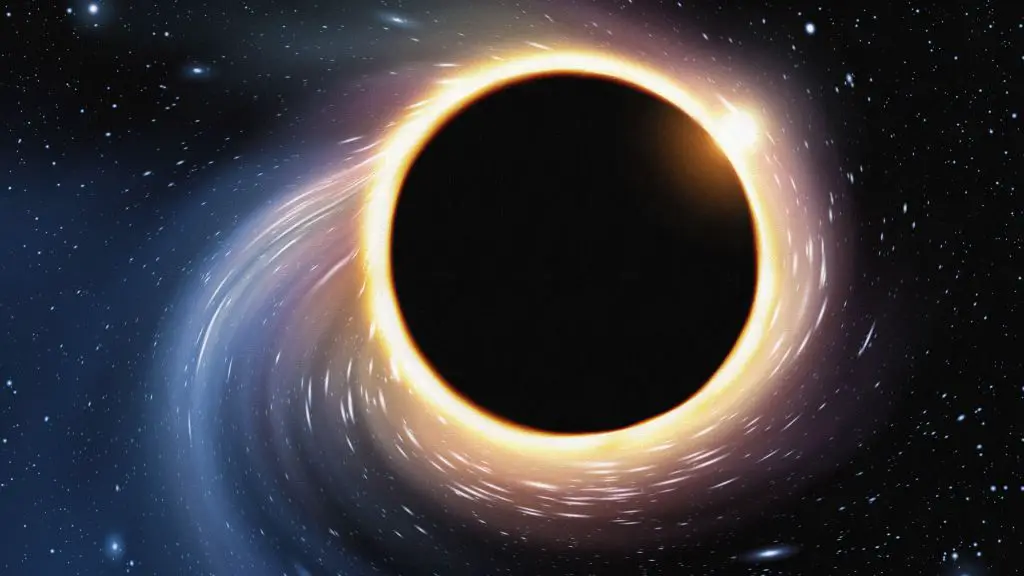
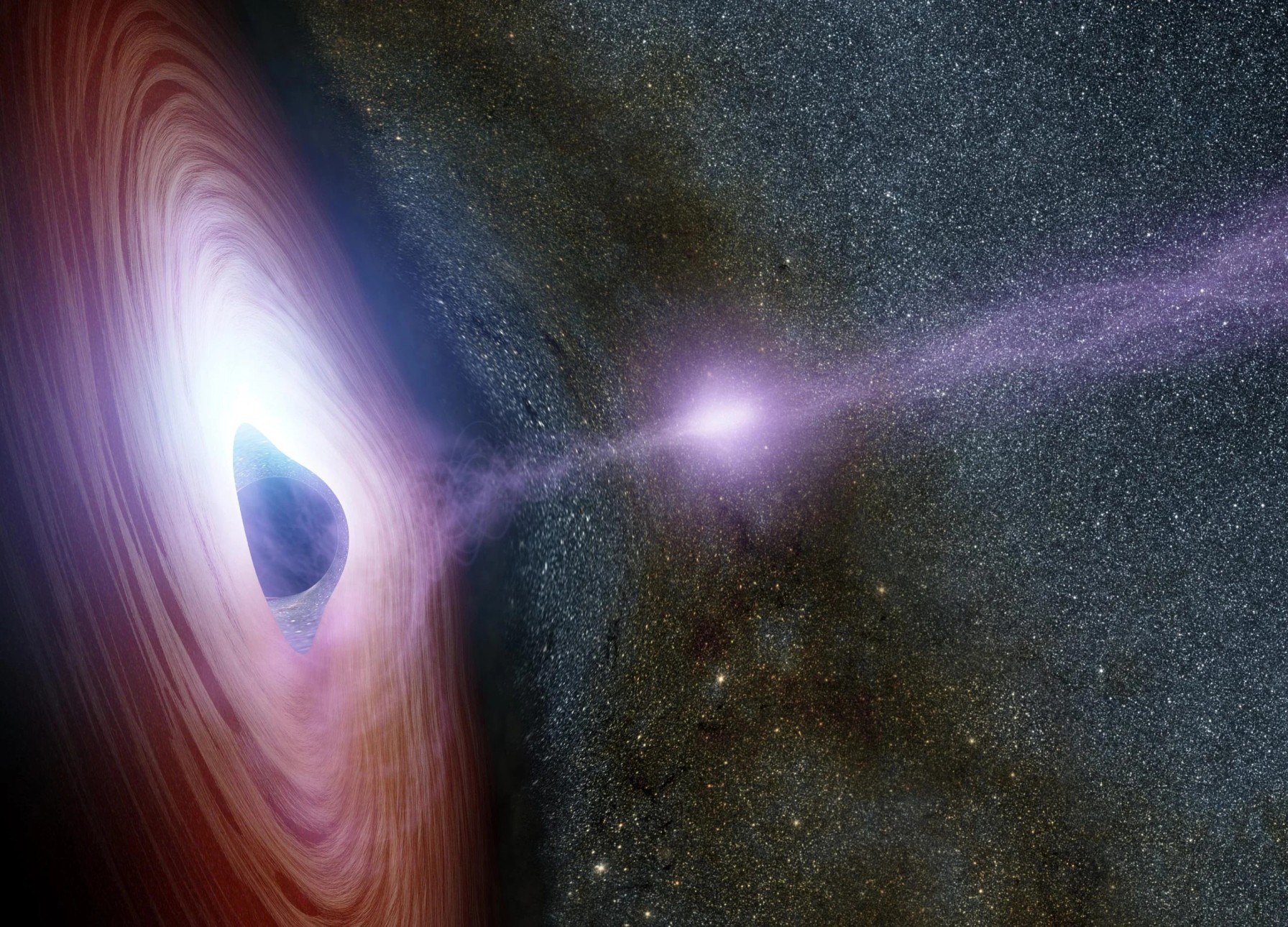
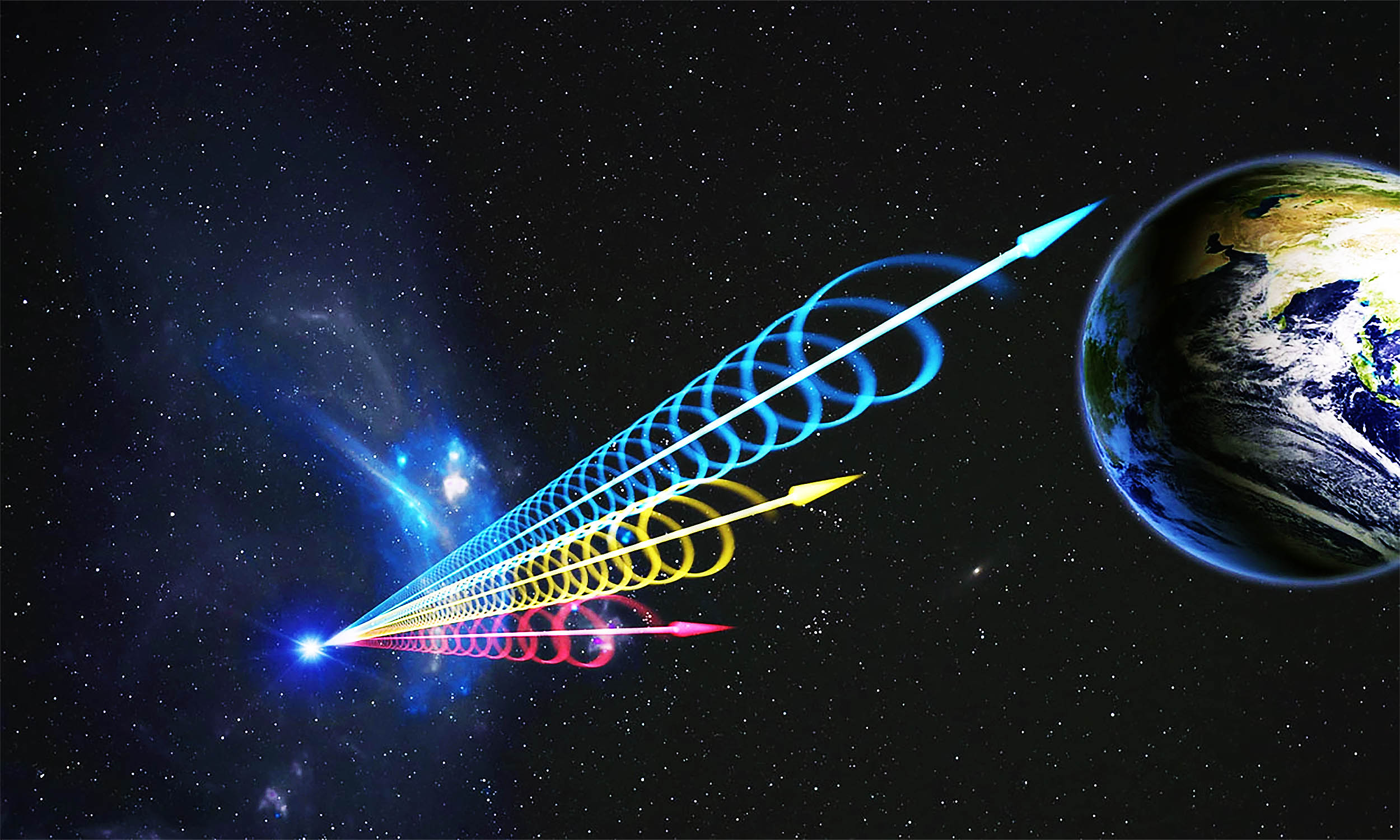
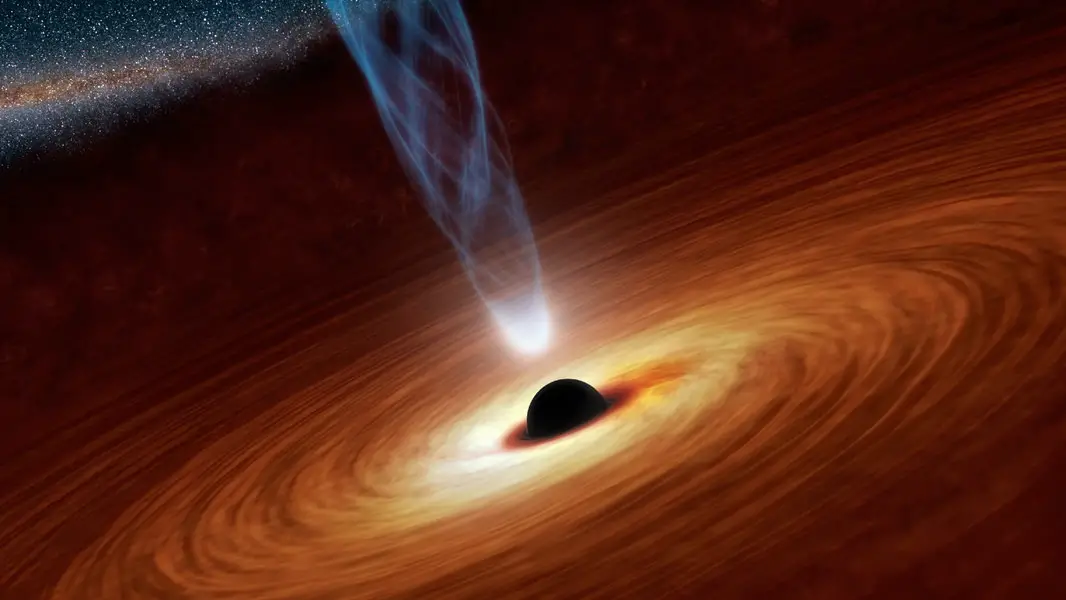
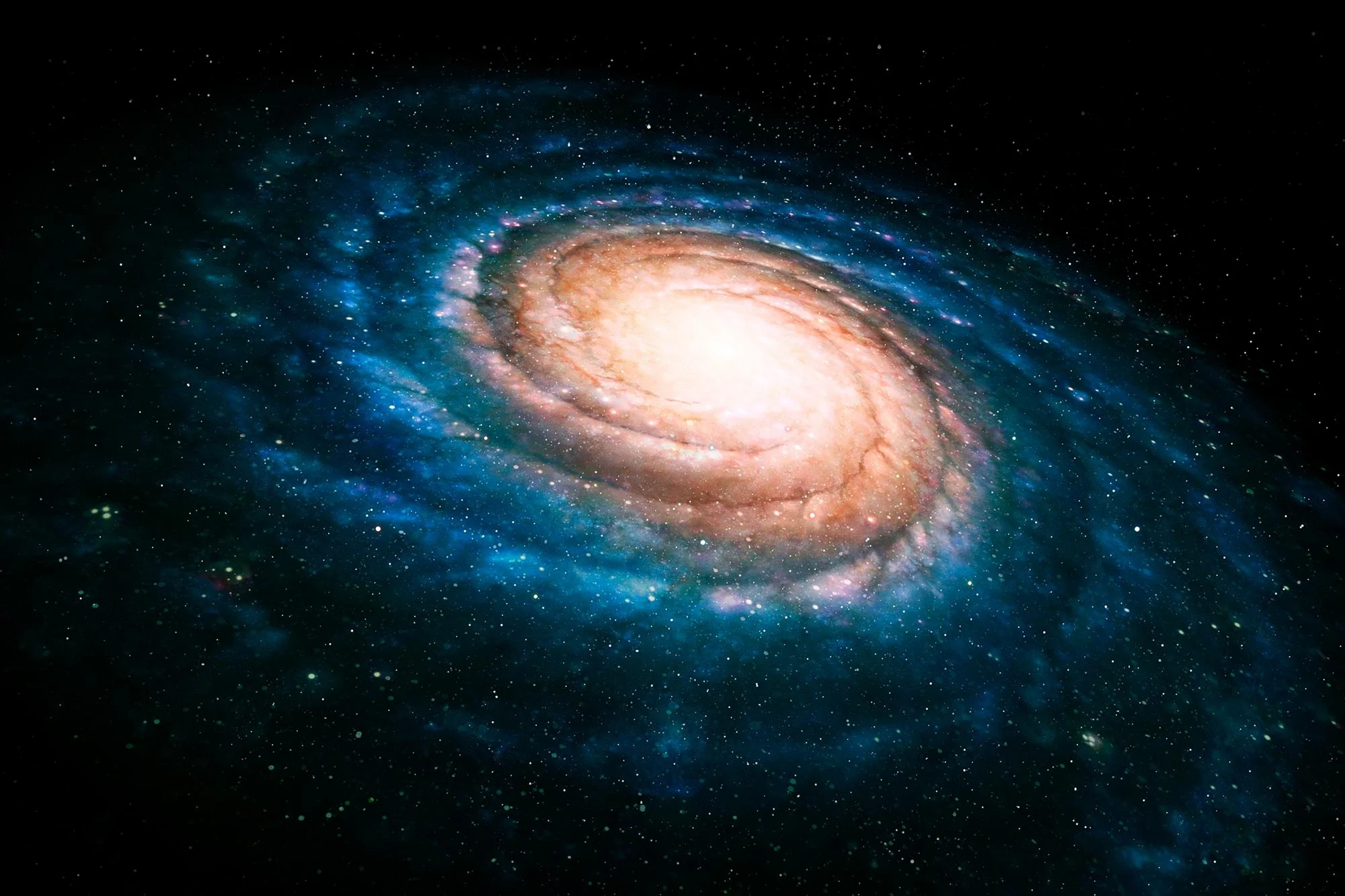
[…] Read more […]